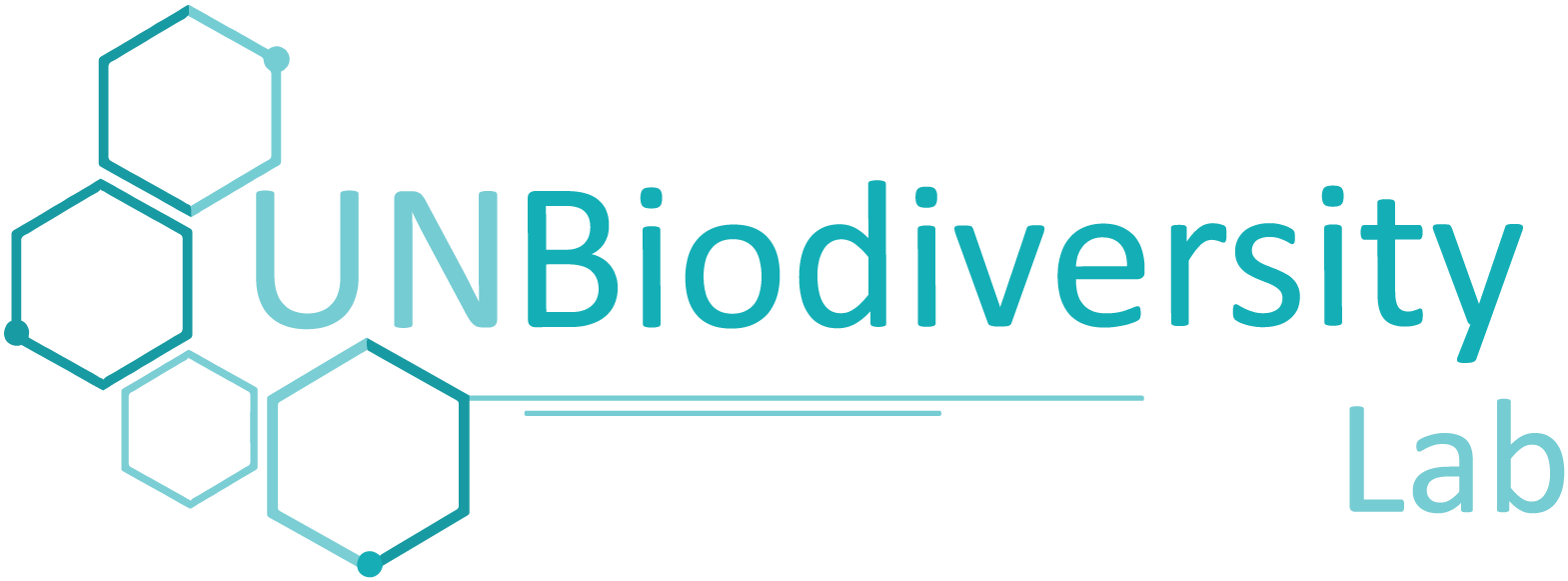Apoio
FAQs
Perguntas mais freqüentes
Não consegue ver uma resposta à sua pergunta em nosso FAQ? Sinta-se à vontade para contatar nossa equipe de suporte em support@unbiodiversitylab.org. Você também pode acessar o guia do usuário interativo clicando na aba do guia do usuário acima. Para obter uma versão para download, clique aqui. Inglês | Francês | Espanhol | Português | Russo
Guia do usuário
Espaços de trabalho UNBL
Espaços de trabalho privados
Você está trabalhando para conservar a natureza e promover o desenvolvimento sustentável? Você tem dados nacionais que gostaria de visualizar e analisar em combinação com nossas camadas de dados globais? Oferecemos espaços de trabalho gratuitos para que diversos interessados possam utilizar as ferramentas do UNBL em um ambiente seguro.
Contribua
Contribua

Você tem dados que enriqueceriam a plataforma pública do UNBL? Você está disposto(a) a fazer parte de uma comunidade científica comprometida com o compartilhamento aberto de dados espaciais? Se você tem dados globais que abordam a biodiversidade, as mudanças climáticas ou o desenvolvimento sustentável, gostaríamos de ouvir você.
Consulte os critérios de seleção de dados da UNBL aqui.

Como você está usando os dados espaciais para obter informações e agir em seu trabalho? O UNBL trabalha para dar destaque a diversos casos de uso em todo o mundo. Nossa equipe trabalhará com você para criar um ensaio fotográfico ou uma história no Google Earth para destacar suas conquistas. As histórias de sucesso serão compartilhadas em nossa seção Histórias em Destaque.
Contate-nos
Contate-nos
Por favor, deixe sua mensagem e informações de contato abaixo e responderemos o mais rápido possível. Alternativamente, você pode nos enviar um e-mail para support@unbiodiversitylab.org.
Programa das Nações Unidas para o Desenvolvimento
304 East 45th Street
New York, NY 10017
